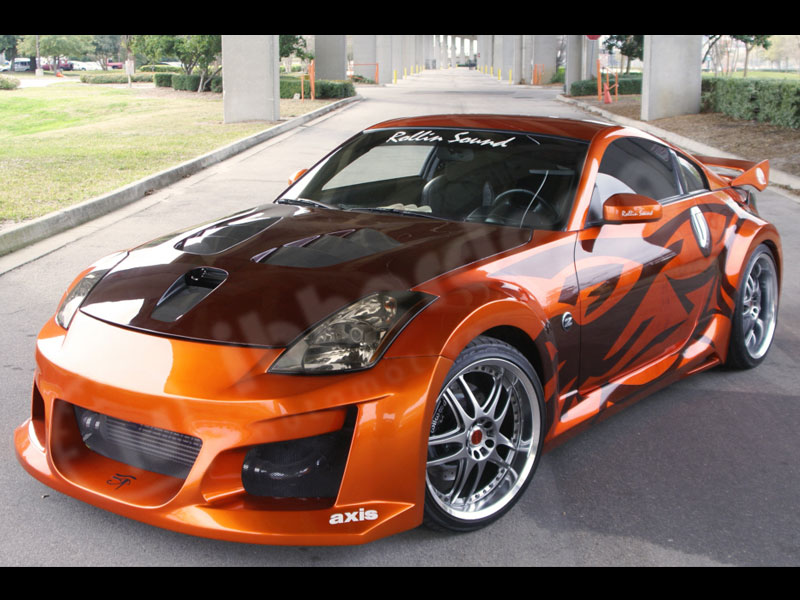by:
Christopher GreenPicture the scene:
It’s the Monaco Grand Prix and the Ferrari of Michael Schumacher is in pole position. The warm-up lap has been completed and Schumacher revs the engine, waiting for the lights to flash in sequence: Ready. Set. GO!
The race begins. Schumacher uses his supreme skill to drive the car to its limits and successfully overcome the challenges presented by the tricky street circuit.
At each third of the race, the perfect opportunity to bring the car into the pits to maintain maximum advantage is determined. Each time the Ferrari makes a pit stop, an efficient pit
crew will get to work. The car will be jacked up. Tires will be changed, fuel will be added, visors cleaned, spot checks made.
All completed within 10 seconds. Each team member performs their duties at lightening speed to ensure no time is wasted so the car can maintain or improve the lead.
And as the race progresses, a team of analysts will act on feedback received from the Ferrari’s on-board computers and from the driver. The race strategy will be constantly reviewed and changes will be made if necessary to ensure the car has the best chance of winning the race.
Driver, engineers, mechanics, designers, strategists, technicians – all working together to ensure the car has the best possible chance of victory.
So how can “Team Ferrari” help to accelerate your success?
As you pursue your goals and ambitions, you’ll encounter many trying times. You will face challenges, obstacles, sticking points and setbacks. Your motivation levels will drop, you may feel burned out, stressed, frustrated.
At such trying times, you’re going to need support to help you “stay in the race”. Just like Michael Schumacher, you can’t do everything all by yourself and when you face challenges and problems, these are the times when you’ll need to go into the pits.
It is so important – no, VITAL – that you can turn to positive, success-minded, enthusiastic people. People who’ve done something with their lives, who’ve faced challenges, who know how to overcome fears and obstacles and who can keep you on track to win.
They are the people who we’ll refer to as: “TEAM YOU”.
Unfortunately, many people who pursue a dream turn to people who live life in fear, who haven’t done anything with their lives and who hold a negative view about life.
Guess what happens when you turn to such people when you need support?
You’re right! They increase your fears, they focus on the problems, they offer no solutions, in short, they make it harder and harder for you to win your race.
Would Ferrari’s pit crew consist of people who want to give up at the first obstacle? People who believe the race is lost before it’s started? People who’d retire the car after 10 laps because the race was too hard?
You know Team Ferrari wouldn’t have such people anywhere near their car!
So why have negative people in Team You? OK, I know you may find it hard to find like-minded, positive people to create your success team. So here’s a technique I use to create my own success team, a team I can rely on when I need to make a pit stop:
Throughout history, there have been many people who have achieved great success and who overcame many major challenges. The help they can give you is priceless. So read about them. Study them. How did they meet their challenges? How did they deal with setbacks? You can find out by reading biographies and autobiographies. Use the Internet too.
You can read about presidents and ministers, kings and queens, warriors and pacifists, sporting heroes, entertainers, inventors, explorers, tycoons, personal development experts, philosophers and spiritual leaders – whoever you admire, whoever inspires you, whoever excites you, read about them. These are people who’ve achieved great things. Study them. Learn from them.
These are the people who can join “TEAM YOU”. Why not pick the best to help you win your race?
























